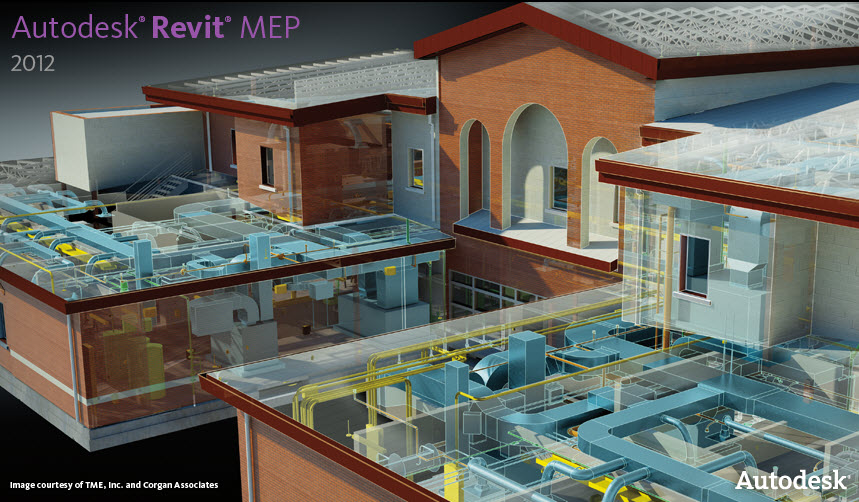Author: Reid Addis, Microsol Resources
Date Published: March 24, 2009
Autodesk University Article Link
Dependent Views were added to Revit in Release 2008. The concept behind Dependent Views is to allow you to maintain consistent annotation and View Scale among the main and dependent views while permitting independent crop regions for each view. A secondary result is that Dependent Views allow you to place different cropped portions of the overall View on different sheets while maintaining consistency of annotation and scale across sheets.
Normally when you simply Duplicate a view with Detailing, all of the annotation (text, dimensions, tags, etc.) become independent from the original view along with the View Scale. Thus if you change the value of the original object (adjust a dimension or edit text or delete a Room Tag) in one view, it has no effect on the duplicated object in the independent duplicated view.
This is not the case with Dependent Views. The annotation and view scale are identical across all the views. Change the view scale in ANY dependent or parent view, and it changes the view scale in ALL the dependent and parent views. In addition, the annotation is identical as well, so a change in ANY view again affects that same object in ALL views.
Using the “Getting Started” tutorial that comes with Revit Architecture 2009, I’ve created some Dependent Views of the Lower Level:
View 1
For clarity, I’ve turned on the Crop Region in the Parent View and added some Filled Regions to show the Dependent View Crop Regions. The “purple” area in the center indicates where these two regions overlap. This is where we will add a Matchline and View References in the Parent View to help coordinate locating these adjacent views when placed on different sheets.
Below are the two Dependent Views with the Matchline displayed that was added in the Parent view from the Drafting rollout of the Design Bar:
View 2
In the Parent View, from the Drafting rollout on the Design Bar, I will place a View Reference on each side of the Matchline.
View 3
Notice that as you place the View Reference, the Option Bar gives you the ability to specify which Dependent View is being referenced. Thus the View Reference placed in the West view will target the East view, and visa versa.
Equally critical is making sure that you actually have a Tag loaded from the View Reference Family. By default, this is set to and thus will fail to work.
View 4
The final step is to place these Dependent Views on Sheets, then watch how the View References update to include this information.
View 5
Notice that the View References now show which View and Sheet number the Matchline adjacent view is on.
View 6
I hope this clears up any confusion you may have had about Dependent Views, Matchlines, and View References.
